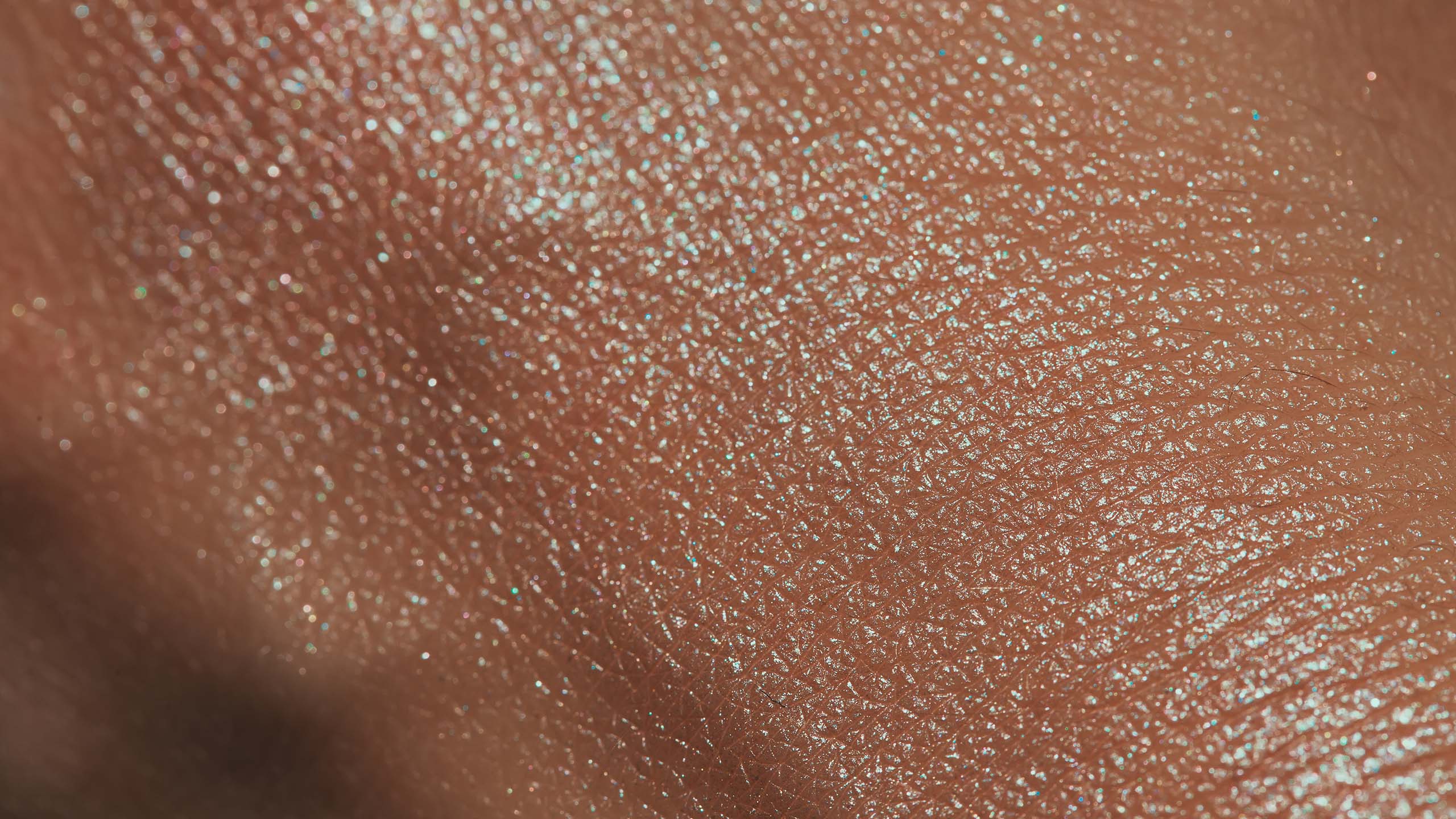Your skin is the largest organ in your body. Because it acts as your first line of defense against environmental threats like chemicals, bacteria, and even viruses, it also plays an important role in keeping you healthy!
But did you know that this giant organ actually has multiple layers… even though we only see one?
Today, we’ll look at the different layers of the skin and the role they each play in helping defend your body, regulate your body temperature, and more.
7 Layers of The Skin & What They Do
The skin is made up of three main layers: the epidermis, the dermis, and the subcutis layers.
Epidermis
The epidermis is the outermost (or top) layer of skin — and the only one visible to the naked eye. Within the epidermis are five layers.
Stratum corneum: The stratum corneum layer of the epidermis is your top layer of skin. Because it’s the outermost layer, it acts as the first line of defense against foreign invaders in your environment. This is also where your skin microbiome lives. It’s home to trillions of microorganisms, including 1,000 different species of bacteria (more on its importance down below).
Stratum lucidum: This layer of skin is only present in the areas of thicker skin — the palms of the hands and soles of the feet. The skin appears clear in the stratum lucidum layer because of dead skin cell buildup.
Stratum granulosum: Glycolipids secreted in the stratum granulosum layer keep skin cells glued together.
Stratum spinosum: This layer of the epidermis is also called the squamous cell layer or prickle cell layer. It’s the thickest layer of the epidermis and contains dendritic cells that defend the body against possible infection.
Stratum basale (Stratum germinativum): 90% of the cells in the epidermis are keratinocytes, which produce keratin, a fibrous protein that strengthens the skin. Keratinocyte production begins in the stratum basale, the innermost layer of the epidermis. From there, they get pushed toward the surface of the epidermis.
Aside from housing keratinocyte production, the stratum basale also contains melanocytes, which produce melanin. Melanin is the pigment responsible for determining the color of your skin.
Dermis
The dermis houses all your sweat and oil glands as well as hair follicles, connective tissues, lymph vessels, and nerve endings. It also contains collagen and elastin.
This means the dermis and its contents are responsible for many functions...
- Sweat glands produce sweat as a result of heat and stress. When the sweat evaporates, it helps cool down the body.
- Nerve endings in the dermis sense pain, touch, pressure, and even temperature.
- Blood vessels provide nutrients for the skin and also regulate body temperature.
- The oil glands secrete sebum that keeps the skin moist and soft and acts as a natural, protective barrier.
- Hair follicles produce hair found on the body. This hair helps regulate your body temperature as well as provide additional protection.
The dermis is much larger than the epidermis layer. While the epidermis provides an outer, protective and visible layer of skin, the dermis is the headquarters of protection for your body. It’s also the most influential layer of skin when it comes to creating the skin structure, thanks to its collagen and elastin content.
Subcutis
Beneath the dermis is the subcutis layer, also sometimes referred to as subcutaneous fat or the hypodermis layer. This layer acts as insulation for your body to help keep you warm. It also acts as a shock absorber, or cushion, around your vital organs.
The subcutis layer also connects the skin with the muscle and tissue beneath it and houses blood vessels.
How Skincare Products Impact the Layers of Your Skin
Most topical skincare products only penetrate the epidermis. Some, like retinoids, can reach the dermis layer, but this isn’t typical of most skincare ingredients.
However, when you consider the function of the epidermis layer of skin, it’s important that your topical ingredients are beneficial. Harsh ingredients can strip the skin of its natural oils, disrupt the balance of the skin microbiome, and impact your overall skin health.
That’s why it's important to choose products that are microbiome-friendly, fragrance-free, and formulated with ingredients that are beneficial to your skin. Learn more.

